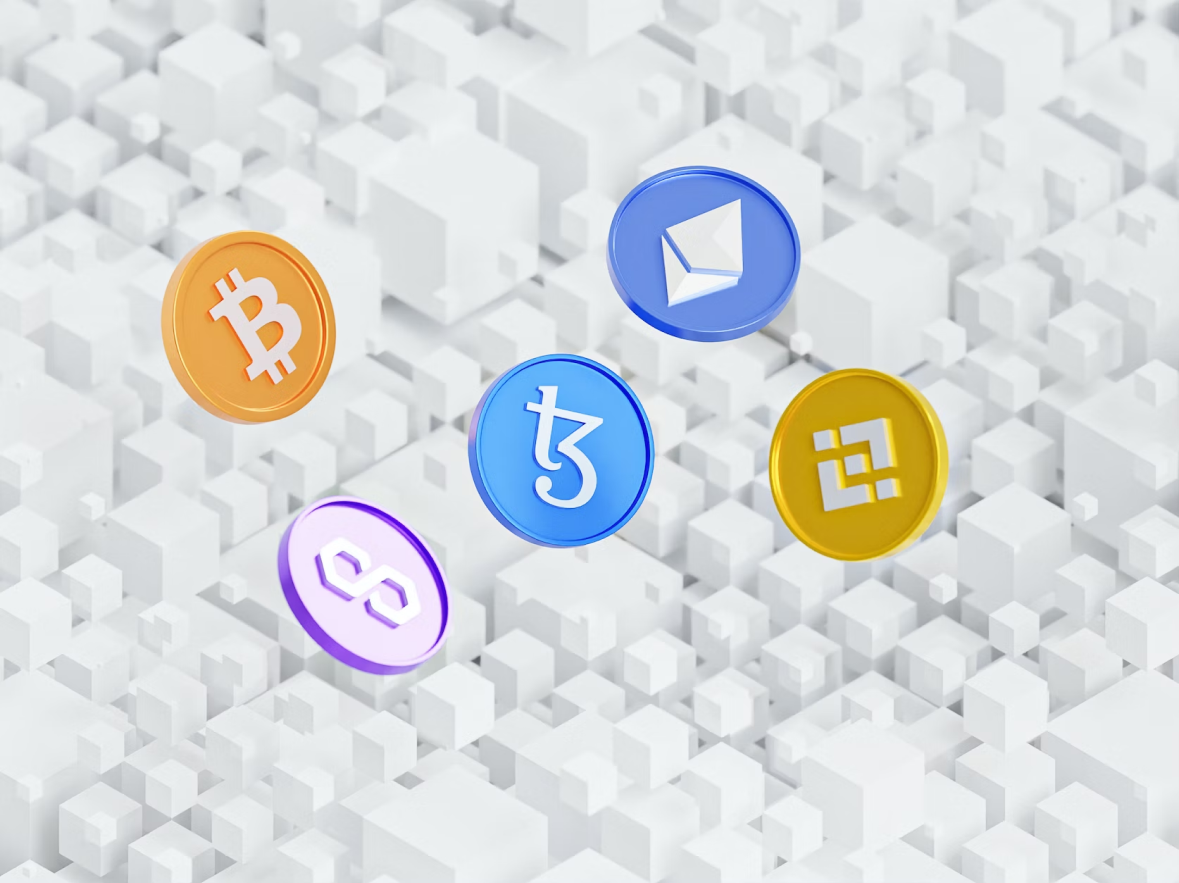Ethereum Aims to Simplify Crosschain Transactions With New Token Standards

Ethereum developers are preparing to introduce two new token standards—ERC-7930 and ERC-7828—aimed at making blockchain interoperability more secure and smoother. The new standards are developed to address a long-standing pain point in the decentralized finance (DeFi) ecosystem: the lack of a standardized format for crosschain address representation.
The Problem With Crosschain UX
Currently, crypto wallets, DApps, block explorers, and smart contracts all use different systems to read and display blockchain addresses. This inconsistency is perplexing to users and increases the risk of sending tokens to the wrong chain.
“There is no standard way for wallets, apps, or protocols to read or render this data,” DeFi developer team Wonderland wrote in a May 1 X post. “The result? A messy, fragmented experience that destroys cross-chain UX.”
Wonderland, a group of researchers and developers working to upgrade Ethereum’s DeFi infrastructure, brought up these concerns during a recent Ethereum Foundation interoperability working group call. The group has worked with several major DeFi protocols, including Optimism, Aztec, Connext, and Yearn.
Two Standards, One Goal
To solve this problem, Ethereum developers are planning to introduce two complementary standards. ERC-7930 defines a compact binary, machine-readable format for interoperable addresses that can be easily processed by protocols that require a universal address format.
ERC-7828 expands on that by adding a human-readable format—utilizing identifiers such as address@chain—that makes it easy for users to tell at a glance which blockchain an address is on. This is particularly important for wallet interfaces and other software directly used by humans.
“Target audience for ERC-7828 is anything that interacts with humans… It’s the text layer,” Teddy from Wonderland said.
How It Improves User Safety
The goal is to reduce errors caused by users sending assets to the wrong blockchain. As most Ethereum-compatible blockchains allow the use of the same wallet address on multiple chains, it’s easy to send tokens to the wrong network accidentally.
The suggested standards would allow wallets and apps to appropriately interpret an address’s destination, according to the chain designated either in human-readable or machine-readable form. This removes network switching manually and also decreases the probability of error on the part of the user.
Finalization Timeline and Community Feedback
According to Wonderland, the goal is to finish both ERC-7930 and ERC-7828 in two weeks’ time. The group is openly asking for comments on the ETH-Magicians forum to gain broad community agreement before moving forward.
By addressing both the usability and technical barriers to crosschain communication, these nascent standards can unlock the path to more multichain infrastructure in the Ethereum ecosystem.
Read More

Singapore pushes rollout of new crypto standards to 2027
Ethereum Aims to Simplify Crosschain Transactions With New Token Standards

Ethereum developers are preparing to introduce two new token standards—ERC-7930 and ERC-7828—aimed at making blockchain interoperability more secure and smoother. The new standards are developed to address a long-standing pain point in the decentralized finance (DeFi) ecosystem: the lack of a standardized format for crosschain address representation.
The Problem With Crosschain UX
Currently, crypto wallets, DApps, block explorers, and smart contracts all use different systems to read and display blockchain addresses. This inconsistency is perplexing to users and increases the risk of sending tokens to the wrong chain.
“There is no standard way for wallets, apps, or protocols to read or render this data,” DeFi developer team Wonderland wrote in a May 1 X post. “The result? A messy, fragmented experience that destroys cross-chain UX.”
Wonderland, a group of researchers and developers working to upgrade Ethereum’s DeFi infrastructure, brought up these concerns during a recent Ethereum Foundation interoperability working group call. The group has worked with several major DeFi protocols, including Optimism, Aztec, Connext, and Yearn.
Two Standards, One Goal
To solve this problem, Ethereum developers are planning to introduce two complementary standards. ERC-7930 defines a compact binary, machine-readable format for interoperable addresses that can be easily processed by protocols that require a universal address format.
ERC-7828 expands on that by adding a human-readable format—utilizing identifiers such as address@chain—that makes it easy for users to tell at a glance which blockchain an address is on. This is particularly important for wallet interfaces and other software directly used by humans.
“Target audience for ERC-7828 is anything that interacts with humans… It’s the text layer,” Teddy from Wonderland said.
How It Improves User Safety
The goal is to reduce errors caused by users sending assets to the wrong blockchain. As most Ethereum-compatible blockchains allow the use of the same wallet address on multiple chains, it’s easy to send tokens to the wrong network accidentally.
The suggested standards would allow wallets and apps to appropriately interpret an address’s destination, according to the chain designated either in human-readable or machine-readable form. This removes network switching manually and also decreases the probability of error on the part of the user.
Finalization Timeline and Community Feedback
According to Wonderland, the goal is to finish both ERC-7930 and ERC-7828 in two weeks’ time. The group is openly asking for comments on the ETH-Magicians forum to gain broad community agreement before moving forward.
By addressing both the usability and technical barriers to crosschain communication, these nascent standards can unlock the path to more multichain infrastructure in the Ethereum ecosystem.
Read More

